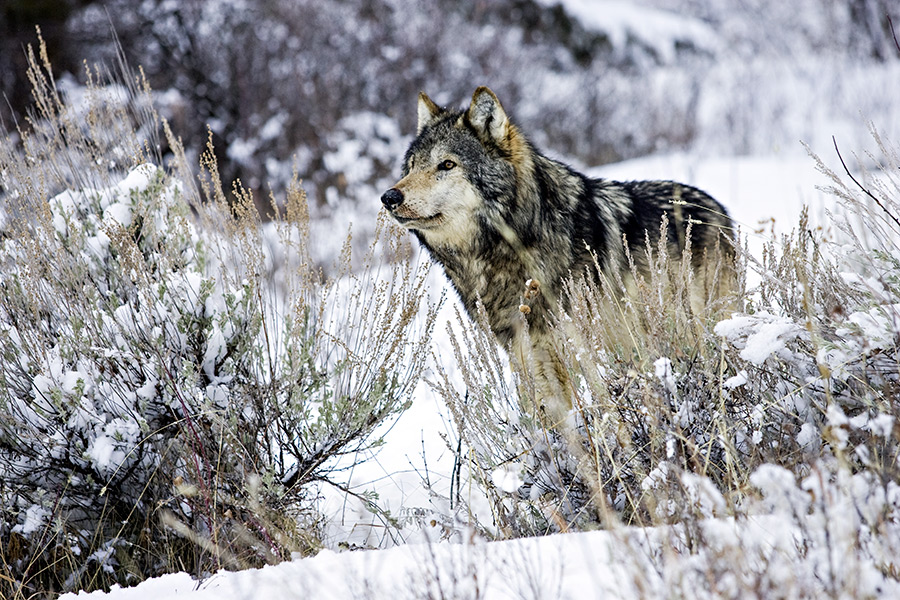Hunters were more successful this season in pursuing gray wolves in Montana.
A total of 246 wolves were killed in the 2016-17 season. Of those, 163 were killed during the archery and general hunting season, which ended last week, and 83 were killed during the trapping season, which concluded Feb. 28, according to Montana Fish, Wildlife and Parks data.
A year ago, in the 2015-16 season, hunters killed 209 wolves — 136 during the archery and rifle season and 73 during trapping season.
Hunters killed 206 wolves, including 77 through trapping, during the state’s 2014-15 hunting season, which was expanded to six months and was the fourth consecutive general hunting season and third that allowed trapping since wolves were delisted in 2011.
In this latest season, hunters in northwest Montana — Flathead, Sanders and Lincoln counties — killed a total of 49 wolves. Of those, 19 were taken by trappers.
Wolf management unit 101, which is between Libby and the Flathead Valley, had the most trapper success for an individual area with 14 catches.
The area with the most hunter success was wolf management unit 390, a large section that spans south-central and eastern Montana. A total of 23 wolves were killed in that zone during the archery and general season.
FWP closed hunting in the areas north of Yellowstone National Park in September and November after hunting limits were reached.
The hunting area adjacent to Glacier National Park — wolf management unit 110 — had one reported kill this season.
The two areas near Yellowstone and the unit near Glacier are the only places in Montana with limits to the number of wolves that can be killed during hunting season. The limit is two in each unit.
FWP officials are in the process of finalizing an annual report detailing the management and population status of gray wolves in Montana. Last year’s report stated the population was healthy and among the largest in the Northern Rockies, while critics continue to scrutinize the state’s hunting season.
